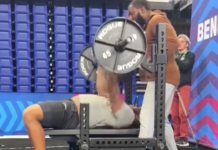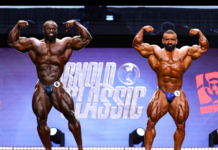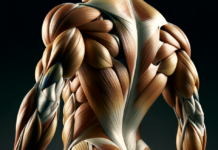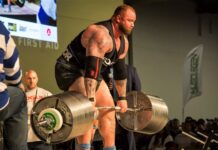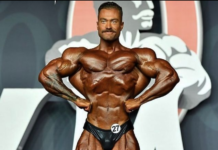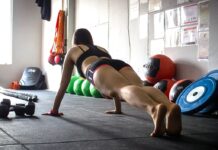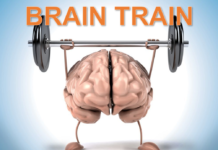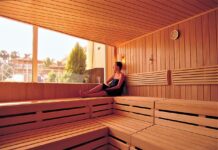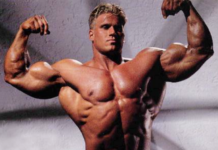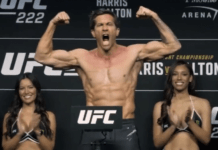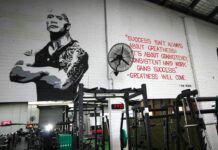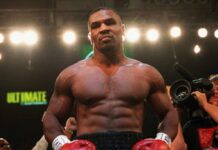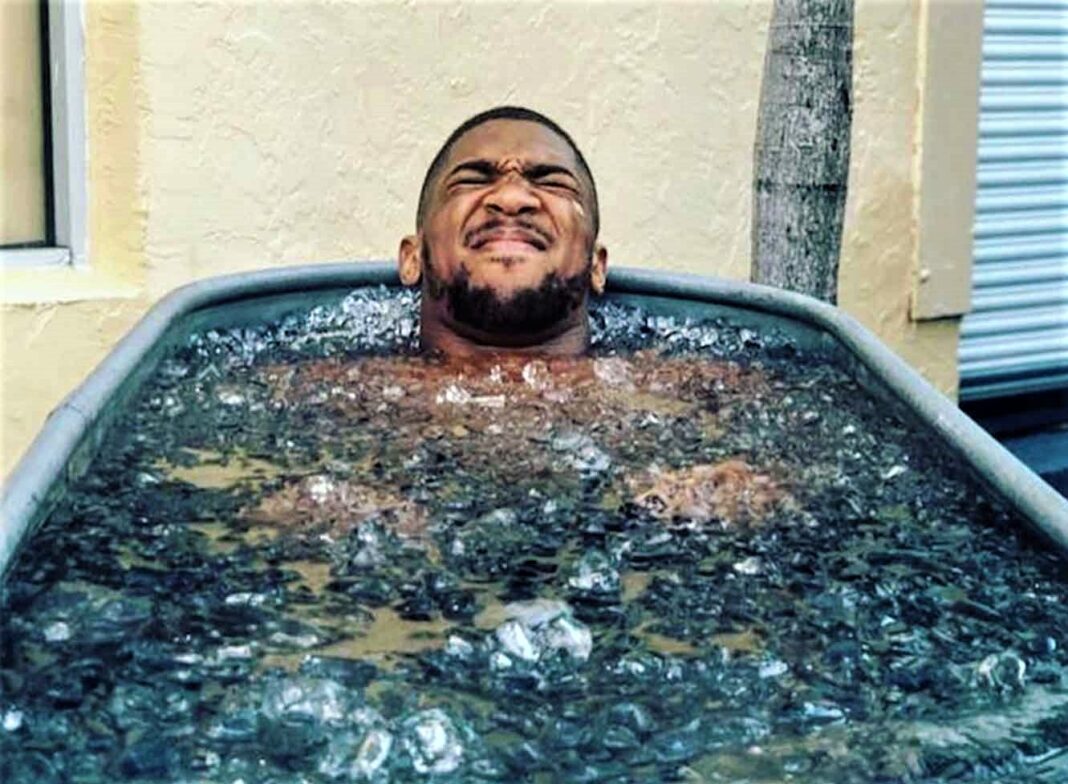Boxer Anthony Joshua chills out. / Instagram
Does cold improve exercise recuperation? It’s one of the greatest debates of sports science. Cold tubbing is a post-practice ritual for most college and NFL football players. In 2019, the University of Alabama installed cryo tents next to its practice fields, so on sweltering summer days players could winter-up during practice “recovery breaks.” LeBron James, Floyd Mayweather, Jr., and Cristiano Ronaldo are among the many elite athletes who have consistently endured negative triple digits in liquid nitrogen cryo chambers. This all sounds cool, but what does the science say? Let’s take the plunge.
THE ICE AGE
Back in the disco era, Dr. Gabe Mirkin literally wrote the book on sports medicine (titled The Sports Medicine Book) in which he coined the term RICE (rest, ice, compression, elevation). For decades afterwards, this was the standard treatment for athletic injuries and sore muscles. Worldwide, from grade schools to pro leagues, coaches preached to athletes: Ice your aching joints and sore muscles.
But in the 21st century, researchers have been casting doubts. In 2014, a seismic rumble jolted the sports medicine field when Dr. Mirkin himself wrote: “Coaches have used my RICE guideline for decades, but now it appears that both ice and complete rest may delay healing, instead of helping.” The doctor’s mea culpa manifesto was entitled “Why Ice Delays Recovery,” and in it he highlighted some paradigm-shifting findings.
ANTI COLD TUB THERAPY
Let’s look at the research. A study of athletes who exercised so intensely they developed severe muscle breakdown and soreness found that cold packs delayed swelling but also recovery.
A similar study with cryotherapy concluded: “this cooling procedure failed to improve long-term recovery of muscle performance.”
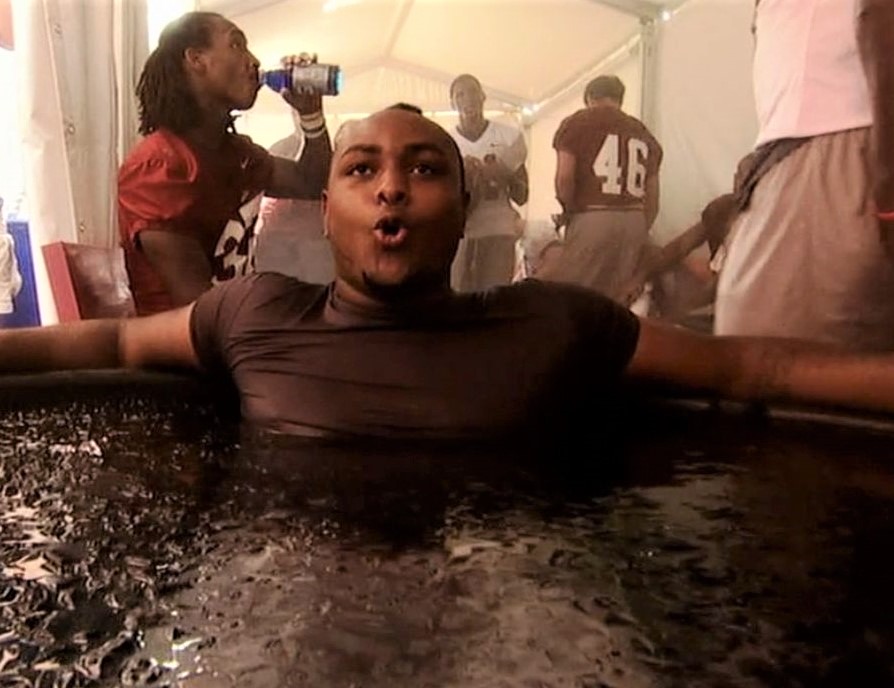
Inflammation isn’t bad, and that’s what RICE missed and what Dr. Mirkin later corrected. This needs to be shouted: Inflammation is crucial to recuperation. Blood vessels dilate, blood flow increases, and white blood cells swarm the damaged tissue to promote healing. You experience it as warmth, swelling, and soreness, but it’s the first stage of recovery, and you’ll only delay it with cold, which makes blood vessels constrict, blocking the white blood cells—mini-paramedics racing to the rescue. On the other hand, massage is recommended, even over rest, because it enhances blood flow.
But what about using ice during an athletic event or workout when pain and swelling might hinder performance? A meta-analysis of 35 studies concluded that, though cooling can reduce pain, immediately afterwards the athletes suffered decreases in strength, power, speed, and agility-based running. Ouch! Because most of the studies utilized more than 20 minutes of cooling, the authors recommended such icing be done for under five minutes, followed by a progressive warm-up before resuming activity. By the way, Dr. Mirkin does still believe icing is effective for temporary (drug-free) pain relief.
PRO COLD TUB THERAPY
Another meta-analysis, this one of a whopping 99 post-exercise recovery studies, concluded that cold water immersion had a significant positive impact on both DOMS (delayed onset muscle soreness) and perceived fatigue. (Massage was the most effective treatment; compression was about as good as cold.) A different analysis confirmed the soreness-reducing benefits of cold tubs and deduced an optimal temperature of 52-59 F (11-15 C) and immersion time of 11-15 minutes. If you use cryotherapy, that’s much colder and therefore can be much faster.
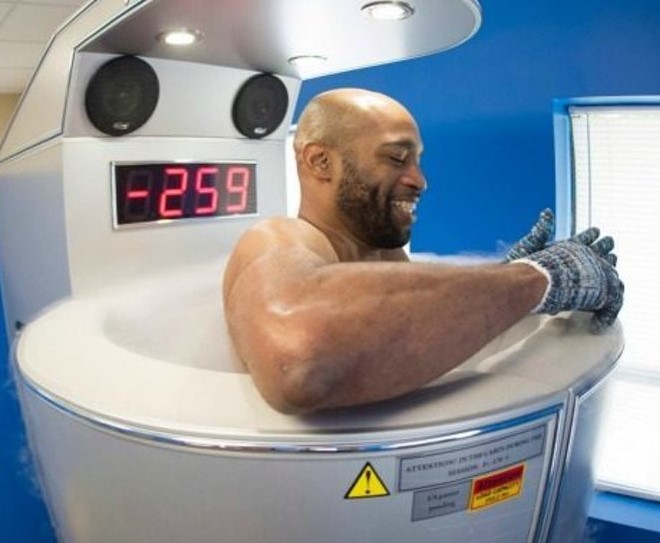
So, if you’re exhausting the same muscles and joints daily, like a football or basketball player, cold can reduce or perhaps eliminate the pain and stiffness you’d otherwise feel as those practices or games pile up. Then there’s the perceived fatigue relief. If you hop in the ice tub or cryo chamber, you may come out recharged to do it all again the next day, even if it’s just a placebo effect. One more plus: A drop in body temperature will, while it lasts, enhance your ability to fall asleep.
It’s a relief to quickly cool down after heating up, but you may want to cool down before a hot workout or athletic event. An analysis of 13 studies concludes that “cold water immersion may be the most effective method of pre-cooling to improve endurance performance in hot conditions.”
And a recent study of athletes consisted of two 15-minute segments of intermittent sprinting. Two groups did cold-water immersion (2.5 minutes or 5 minutes) between the sprinting segments, a third group just rested between segments. The cold groups outperformed the rest group in their second 15 minutes of sprints “due, at least partly, to reductions in core temperature and associated increase in heat storage.” So, back to those cryo tents in stifling Alabama, now we see the logic behind intra-workout cooling.
COLD TUB THERAPY VERDICT
❄️ Cold is effective as a pain-relieving and revitalizing treatment, and it can have additional benefits if used for short periods in hot weather.
❄️ On the other hand, it only delays muscle recovery.
❄️ If you’re doing similar, strenuous exercise daily, like a boxer or football lineman, the cold tub or cryo chamber is likely beneficial.
❄️ However, if, like a bodybuilder or powerlifter, you’re focusing on different muscles each workout, unless DOMS is so painful it’s hindering your sleep, the delay in recovery should keep you on the massage table and out of the cold.
COLD TUB THERAPY FAQS
What does a cold tub do for you?
Relieves pain and muscle soreness, increases the metabolism slightly, may improve mood and immunity.
How long should you go in a cold tub?
For no more than 15 minutes. Beginners should start with a maximum of 10 minutes.
Who should not do cold water therapy?
Those with heart disease or other chronic conditions. Consult with your healthcare provider first.
Is cold water therapy good or bad?
It depends on the timing and your active lifestyle. It’s good for pain relief and for revitalizing in hot weather. It also may be beneficial post-workout for those who do the same activities frequently. On the other hand, it only delays muscle recovery post-workout for those who do different workouts each time.
What does cold water do to your body?
It causes your blood vessels to constrict, blocking white blood cells.
Is it OK to take a cold bath every day?
Yes.
How often should I cold tub?
There’s no recommended frequency, but you can do it as often as daily.
Is a cold shower as good as a cold tub?
No. A cold shower is fine to boost your mood and metabolism and for lowering your body temperature before sleeping, but to reduced pain and stiffness a cold tub is better.
Are there any dangers to cold plunge?
Risks of cold plunging can include hypothermia, cardiovascular events or dysfunction and drowning.
What happens if you sit in cold water for too long?
It depends on how cold the water is, but if it’s an ice bath and very near freezing, your core temperature will continue to drop, putting you at risk of hypothermia. Therefore, limit your time to 15 minutes or less.
Is there science behind cold therapy?
Is there ever. As you can see from the sources in the above article, the efficacy of cold tub therapy is frequently studied, and it will, no doubt, continued to be studied.
Are cold tubs good for recovery?
Yes and no. For those who do the same, strenuous activities regularly: probably. For those who do a more varied, strenuous routine: probably not.

